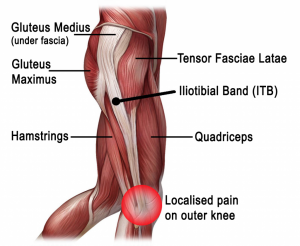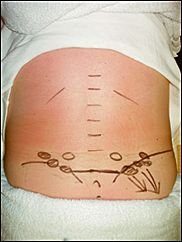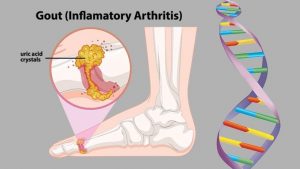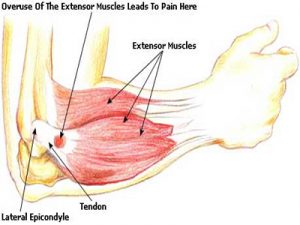Iliotibial band syndrome. The I.T. band is not the problem.
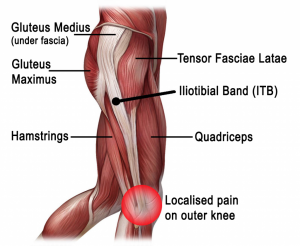
Regularly I come across people receiving seemingly endless treatment sessions iliotibial band syndrome, with the main focus of the treatment being to try and loosen out the I.T. band. Below are a few things I believe you should consider when treating iliotibial band syndrome.
1. A client is told they have certain weak muscle groups which are causing the problem and are given a load of exercises to correct these weaknesses. Sometimes they are told that they need orthotics. Sometimes these treatment protocols may be necessary, but more often this is just an overuse injury that is being made way too complicated. Say you have been running for a year(or years) with no issues, why are all these ”weaknesses” just now causing you problems? Most likely they are not the cause. Why do you suddenly need orthotics. Did you change your feet(joke)? It is more likely you are overdoing it a bit in your running.
2. All the emphasis is often placed on the I.T. band and treatment of same. The I.T. band is a long tendon and is a fairly inflexible structure, so concentrating on loosening out that is not going to give much relief in itself. Now if you shift the focus to loosening out the tightened outer quad muscles which attach to the I.T. band by fascia(connective, supportive sheet of tissue, kind of like a very strong clingfilm) and as a result pull on the I.T. band, you will generally start to recover fairly quickly. There is nearly always a section of the outer quad about a quarter of the way up from the knee which will be tight and ropy in this injury. Also don’t forget the Tensor fascia lata muscle. This is up near the hip. It is the muscle that attaches directly to the I.T. band. If this has tightened it also needs to be worked out and loosened also. The I.T band should not be totally ignored of course. Instrument assisted soft tissue release can be excellent in loosening it somewhat, as well as for loosening out tightened quad muscles and fascia.
3. Another problem with this condition is a lack of understanding as to what is causing the pain at the side of the knee. The tension and resulting friction on the I.T. band causes the bursa under it at the side of the knee to become inflamed. This is what causes the pain. Treatment options here include a combination of non steroidal anti-inflammatories, compression with ice(very effective), maybe some electro-acupuncture. You want to compress the icepack into the side of the knee to flatten the inflamed bursa and reduce inflammation. A packet of peas or one of those gel packs will not be cold enough.
4. Rest is needed. This is an overuse injury, remember, but the better and more effective the treatment, the faster the recovery.
Above is not necessarily stuff you will find in a text book but comes from knowledge of anatomy and experience in successfully treating this condition hundreds of times over the years, often in about two treatment sessions. Injuries are often over-dramatized. Sometimes you just need a little rest, with the right physio treatment protocol to aid recovery.
